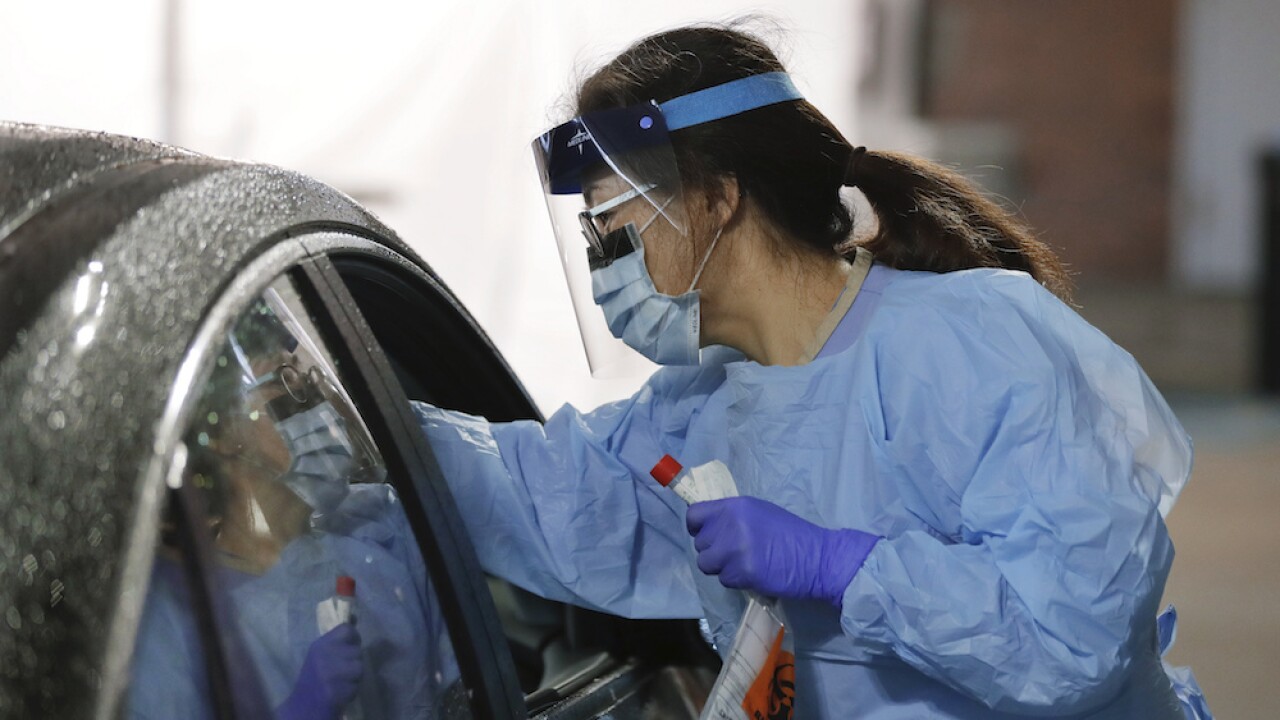The Utah Department of Health's COVID-19 report for Thursday shows an increase of 1,242 confirmed cases—bringing the state's total to 358,581—and nine additional deaths.
So far, 2,103,616 people in Utah have been tested for the disease. The rolling 7-day average for percent positivity of "people over people" is 14.8%. The rolling 7-day average for percent positivity of "tests over tests" is 6.7%. Scroll down to see an explanation of the two figures.
A total of 462,720 vaccines have now been administered in Utah.
327 people in Utah are currently hospitalized with COVID-19.
1,774 people in Utah have died of COVID-19. The nine deaths announced Thursday are:
Male, between 65-84, Weber County resident, not hospitalized at time of death
Male, between 45-64, Salt Lake County resident, hospitalized at time of death
Male, between 65-84, Morgan County resident, long-term care facility resident
Male, older than 85, Weber County resident, long-term care facility resident
Female, older than 85, Tooele County resident, long-term care facility resident
Female, older than 85, Utah County resident, long-term care facility resident
Male, older than 85, Weber County resident, not hospitalized at time of death
Male, older than 85, Washington County resident, not hospitalized at time of death
Male, older than 85, Utah County resident, not hospitalized at time of death
'People over people' vs. 'tests over tests' explanation from UDOH:
The UDOH is now reporting two measures of percent positivity. One measure is determined by dividing the total of unique individuals who tested positive by the unique number of people tested. We call this the "people over people" method. This method does not account for people who have had repeat positive or negative tests in the past 90 days. This is the method we've been using to report percent positive since the beginning of the pandemic. It biases the percent positivity higher in the current testing environment.
We will also report percent positivity based on the total positive tests divided by the total number of tests administered. We call this the "test over test" method, this method is now used by at least 37 other states and provides a better comparison between what is happening across the country. This method accounts for people who have repeat positive or negative test results and more accurately reflects our increase in testing. It biases the percent positivity lower in the current testing environment.

